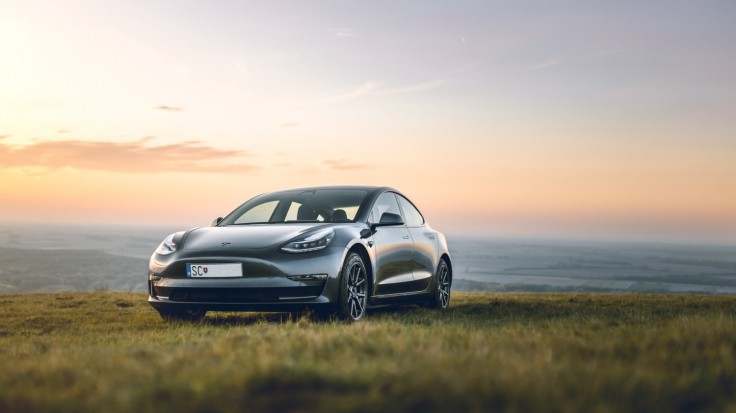
The Tesla Model 3 gets its safety recommendation back after it has scrapped out its radar. Both Consumer Reports and the Insurance Institute for Highway Safety (IIHS) rewarded its top safety endorsement back to the electronic vehicle.
Tesla Model 3 Regains 'Top Safety Pick'
The Insurance Institute for Highway Safety or the IIHS awarded its 2021 IIHS Top Safety Pick+ Award back to the 2021 Tesla Model vehicles, "regardless of which front crash prevention system is equipped on a given vehicle," a spokesperson told CNBC.
The Top Safety Pick+ designation is the independent body's highest safety award, Consumer Reports added.
IIHS has completed tests of the 2021 Tesla Model 3's new camera-based front crash prevention system, which rates superior for vehicle-to-vehicle interactions and advanced for pedestrian interactions. Details: https://t.co/y3vGCv0P49 pic.twitter.com/rpH2WshbkF
— IIHS (@IIHS_autosafety) June 29, 2021
To be even considered a top pick, a vehicle must be recommended and have a standard forward-collision warning (FCW), as well as automatic emergency braking (AEB) with the pedestrian detector. Tests are then conducted with the safety features factored into the vehicle's Overall Score.
Earlier in May, the IIHS revoked its recommendation of the electric sedan after concerns were raised regarding its radars' efficacy over the forward collision warning, lane departure warning, crash imminent braking, and dynamic brake support. Tesla began shipping Model 3 and Model Y units without radar sensors and warned some safety features weren't rated by the National Highway Traffic Safety Administrations, The Verge said.
The Tesla Model Y has not yet been evaluated, but the IIHS should complete full ratings for the vehicle later this summer. The report will include an evaluation of the Model Y's crashworthiness, front crash prevention and headlights, per Consumer Reports.
Other vehicles in the past have also lost and regained performance designation from Consumer Reports or the IIHS. Automakers like Ford, Hyundai, Fiat, Toyota, Volkswagen, and others were able to update vehicles outside of the major redesigns to improve their safety scores.
Tesla's China "Recall" Can Be Fixed With Software Update https://t.co/heupQilxGy
— Entrepreneur (@Entrepreneur) June 29, 2021
What sets Tesla apart from other carmakers is that the EV company doesn't adhere to traditional model-year updates and instead often rolls out software updates during production runs to change how the vehicle functions. This was seen very recently with the Tesla recall in China which had over 285,000 cars undergo a software update.
The "recall" didn't require Tesla owners to go to a physical dealership, and the software patch was easy to perform.
Read Also : Tesla Recalls Over 285,000 Cars in China; Assisted Driving Feature to Undergo Software Update
Tesla Vision Cameras to Substitute Radar and LiDAR Sensors
Tesla's camera-based system is called Tesla Vision, and CEO Elon Musk claims that the cameras can be an adequate substitute for radar and LiDAR sensors in self-driving vehicles, The Verge said. Musk has even gone to say that modern car companies' focus on LiDAR technology is a "fool's errand."
The move to fit the Model 3 and Model Y vehicles with Tesla Vision cameras was the company's way of standing its ground on the issue.
Tesla’s Pure Vision Autopilot has received the highest score possible in Automatic Emergency Braking from the IIHS, matching the performance of the radar based system. pic.twitter.com/FsYyN2nqUY
— Whole Mars Catalog (@WholeMarsBlog) June 29, 2021
Consumer Reports noted that Tesla Vision-equipped electric vehicles will also use a machine learning software called a "neural network" to perform some functions that were reliant on radar in the past.
The independent tests ran by the IIHS "proved the effectiveness" of Tesla's camera-based automatic emergency braking and forward collision warning systems and earned them a place back as the top safety pick.









